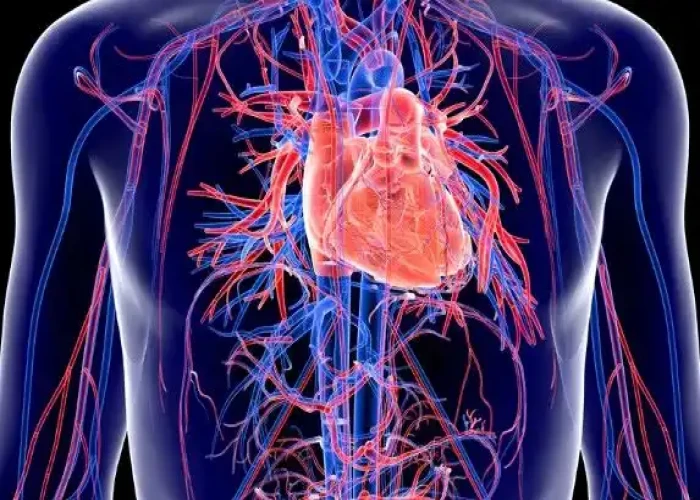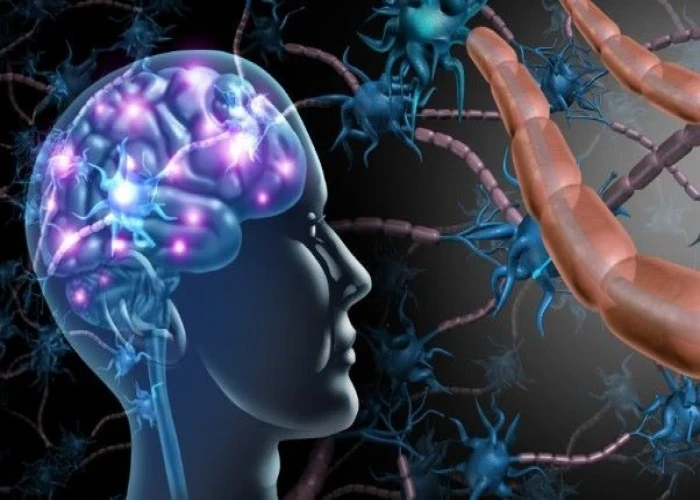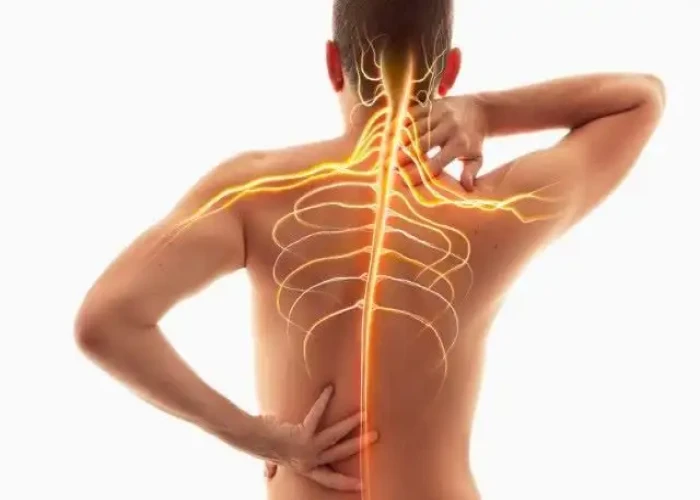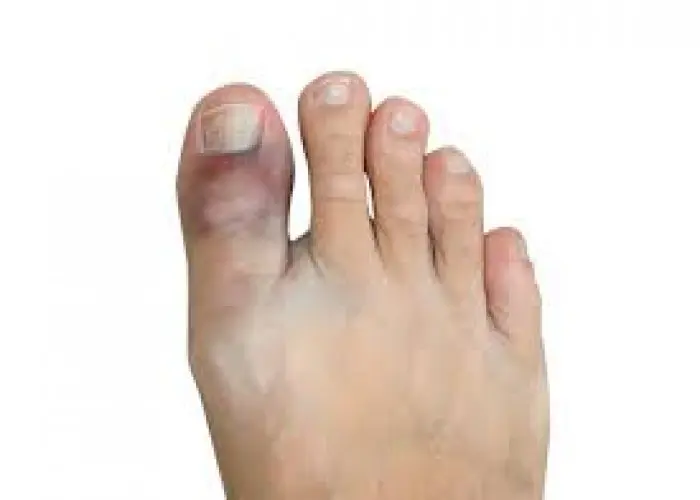 Welcome
Welcome
“May all be happy, may all be healed, may all be at peace and may no one ever suffer."
Transposition of the great arteries

Transposition of the great arteries (TGA) is a congenital heart defect in which the two main arteries that carry blood out of the heart are switched, or "transposed." This means that the aorta, which normally carries oxygen-rich blood from the left side of the heart to the body, arises from the right ventricle, while the pulmonary artery, which normally carries oxygen-poor blood from the right ventricle to the lungs, arises from the left ventricle.
As a result, the blood that is pumped from the heart to the body is not oxygen-rich, leading to a lack of oxygen in the body's tissues. The severity of TGA can vary depending on the degree of transposition and the presence of other heart defects.
Infants with TGA typically develop cyanosis, a bluish tint to the skin and lips, due to the lack of oxygen in the blood. They may also have difficulty breathing, poor feeding, and be at risk of heart failure. Without treatment, TGA can be fatal in the first few weeks of life.
Diagnosis of TGA is typically made shortly after birth through physical exam and imaging tests such as echocardiography, which uses sound waves to produce images of the heart. Treatment for TGA typically involves surgery to correct the abnormal blood flow and restore normal circulation. This may involve a procedure called an arterial switch, in which the great arteries are surgically repositioned to their correct locations.
With early diagnosis and appropriate treatment, many infants with TGA are able to lead normal, healthy lives. However, long-term follow-up care is often necessary to monitor for potential complications and ensure that the heart is functioning properly.
Research Papers
Disease Signs and Symptoms
- Blue skin (cyanosis)
- Shortness of breath (dyspnea)
- Weak pulse
- Loss of appetite
Disease Causes
Transposition of the great arteries
Transposition of the great arteries occurs during pregnancy when the baby's heart is developing. The cause is most often unknown.
To understand transposition of the great arteries, it may be helpful to know how the heart typically pumps blood.
- Usually, the artery that carries blood from the heart to the lungs (pulmonary artery) connects to the heart's lower right chamber (right ventricle).
- Oxygen-rich blood is then pumped from the lungs to the heart's upper left chamber (left atrium).
- Blood then flows into the lower left chamber (left ventricle).
- The body's main artery (aorta) typically connects to the left ventricle. It carries oxygen-rich blood out of the heart to the rest of the body.
Complete transposition of the great arteries (D-TGA)
In a complete transposition of the great arteries (also called dextro-transposition of the great arteries), the pulmonary artery and the aorta have switched positions. The pulmonary artery connects to the left ventricle, and the aorta is connected to the right ventricle.
As a result, oxygen-poor blood flows through the right side of the heart and back to the body without passing through the lungs. Oxygen-rich blood flows through the left side of the heart and directly back into the lungs without being pumped to the rest of the body.
Congenitally corrected transposition (L-TGA)
In this less common type, also called levo-transposition of the great arteries (L-TGA), the two lower heart chambers (ventricles) are switched. The left ventricle is on the heart's right side and receives blood from the right atrium, and the right ventricle is on the heart's left side and receives blood from the left atrium.
The blood usually flows correctly through the heart and body. The right-sided left ventricle attaches to the pulmonary artery, which delivers oxygen-poor blood to the lungs, while the left-sided right ventricle attaches to the aorta, which carries oxygen-rich blood to the body. Because the two chambers aren't exactly alike, the heart can have long-term difficulty pumping blood. People with L-TGA may also have problems with the tricuspid heart valve.
Disease Prevents
Transposition of the great arteries
If you have a family history of congenital heart defects or if you already have a child with one, consider talking with a genetic counselor and a cardiologist experienced in congenital heart defects before getting pregnant.
It's important to take steps to have a healthy pregnancy. Before becoming pregnant, get up to date on all immunizations and start taking a multivitamin with 400 micrograms of folic acid.
Disease Treatments
All infants with complete transposition of the great arteries (D-TGA) need surgery to correct the congenital heart defect. Treatment for congenitally corrected transposition (L-TGA) depends on when the condition is diagnosed and what other heart conditions exist.
The baby's care provider may recommend medications or a catheter procedure to help manage the condition before corrective surgery.
Medications
Before surgery for transposition of the great arteries, a medication called alprostadil (Caverject, Edex, others) may be given to increase blood flow and improve mixing of oxygen-poor and oxygen-rich blood.
Surgery or other procedures
Surgery for transposition of the great arteries is usually done within the first days to weeks after birth. Options depend on the type of transposition. Not all patients with congenitally corrected transposition need surgery.
Surgeries and procedures used to treat transposition of the great arteries may include:
- Atrial septostomy. This catheter procedure may be done urgently as a temporary treatment. The procedure, also called balloon atrial septostomy, widens a natural connection between the heart's upper chambers (atria). It helps mix oxygen-rich and oxygen-poor blood, increasing oxygen delivery to the baby's body.
- Arterial switch operation. This is the most common surgery used to correct transposition of the great arteries. During an arterial switch operation, the pulmonary artery and the aorta are moved to their correct positions. The pulmonary artery is connected to the right ventricle, and the aorta is connected to the left ventricle. The heart arteries also are reattached to the aorta.
- If your baby also has a ventricular septal defect or an atrial septal defect, those holes usually are closed during surgery. But sometimes a heart surgeon may leave small ventricular septal defects to close on their own.
- Atrial switch operation. In this surgery, the surgeon divides blood flow between the heart's two upper chambers (atria). Oxygen-rich blood coming back to the heart from the lungs is directed to the right lower chamber (right ventricle), which then pumps the blood to the aorta. The oxygen-poor blood returning to the heart from the body is directed to the left lower chamber (left ventricle), where it's pumped to the pulmonary artery.
- After the atrial switch procedure, the right ventricle must pump blood to the body, instead of just to the lungs as it would do in a typical heart. Possible complications of the atrial switch operation include irregular heartbeats, obstructions or leaks, and heart failure due to long-term reduced pumping function.
- Rastelli procedure. This procedure may be recommended if a baby has a ventricular septal defect with transposition of the great arteries. The surgeon closes the hole (septal defect) in the heart using a synthetic patch and redirects blood flow from the left ventricle to the aorta, allowing the oxygen-rich blood to go to the body. The connection between the left ventricle and the pulmonary artery is disrupted. A connection is then made with an artificial valve from the right ventricle to the artery connected to the lungs (pulmonary artery).
- Double switch procedure. This complex surgical procedure is used to treat congenitally corrected transposition. It redirects blood flow coming into the heart and switches the great artery connections, with the goal of placing the left lower heart chamber (ventricle) in the position to pump oxygen rich blood to the aorta.
Additional surgeries may be needed to correct other heart conditions, such as ventricular septal defect or pulmonary outflow obstruction. A pacemaker may be needed if transposition of the great arteries causes a disruption in heart signaling (heart block).
Some complications of transposition of the great arteries, such as irregular heart rhythms (arrhythmias) or heart valve problems may require additional treatment.
After treatment
After corrective surgery for transposition of the great arteries, the person will need lifelong follow-up care with a heart doctor (cardiologist) who specializes in congenital heart disease.
- Strenuous activity. The cardiologist may recommend avoiding certain activities, such as weightlifting or competitive sports, because they raise blood pressure and may stress the heart. Talk to your or your child's provider about what type and amount of activity is safe.
- Pregnancy. If you're thinking about becoming pregnant, talk to your cardiologist and obstetrician before conceiving. If you had surgery to correct transposition of the great arteries while a baby, it may be possible to have a healthy pregnancy, but specialized care may be needed.
- Complications of transposition of the great arteries, such as irregular heart rhythms or serious heart muscle problems, may make pregnancy risky for both mom and the unborn baby. In some situations, such as for women who have severe complications of their heart defect, pregnancy isn't recommended even for those with a repaired transposition.
Disease Diagnoses
Disease Allopathic Generics
Disease Ayurvedic Generics
Disease Homeopathic Generics
Disease yoga
Transposition of the great arteries and Learn More about Diseases

Multiple sclerosis

Gonorrhea

Spinal headaches

Henoch-Schonlein purpura

Pelvic organ prolapse

Vitiligo (Leucoderma)

Broken toe

Jet lag disorder
transposition of the great arteries, ট্রান্সপোজিশন অফ গ্রেট আর্টারিজ, মহান ধমনী স্থানান্তর
To be happy, beautiful, healthy, wealthy, hale and long-lived stay with DM3S.
